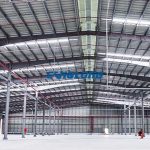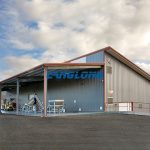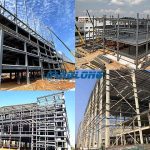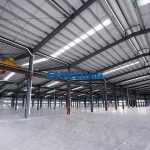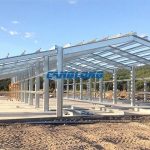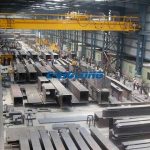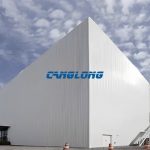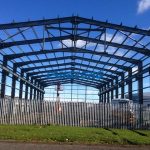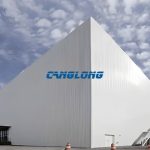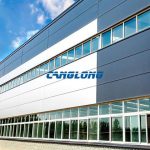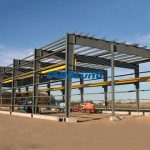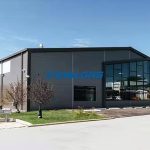Design concept of steel structure factory
Steel structure factory has gradually become an important choice for modern industrial buildings due to its unique advantages and flexible design methods. Compared with traditional concrete structures, steel structures not only have higher strength and durability, but also provide greater space utilization and shorter construction period. This article will explore the design concept of steel structure workshop, including its structural advantages, functional layout, sustainability and economy.
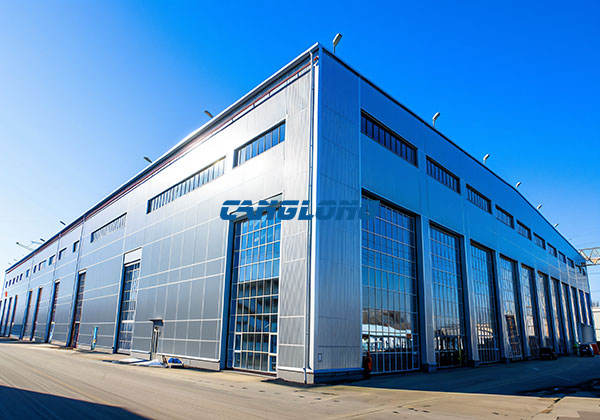
Structural advantages
1. High strength and light weight
The superior strength of steel enables steel structure factory building to withstand greater loads, allowing architects to be more flexible in terms of building height and span. This feature allows steel structure workshops to achieve large areas of unsupported space, which is suitable for flexible layout of machinery and production lines.
2. Durability and earthquake resistance
Steel structure has good durability and can resist corrosion, fire and extreme weather conditions. At the same time, the ductility and toughness of steel make steel structure perform well in natural disasters such as earthquakes, and can effectively absorb and disperse impact force to ensure the safety of the building.
3. Fast construction
Steel structure workshops are highly prefabricated, and the components are transported to the construction site for assembly after being manufactured in the factory. This method not only greatly shortens the construction period, but also reduces the complexity of on-site construction and improves construction efficiency.
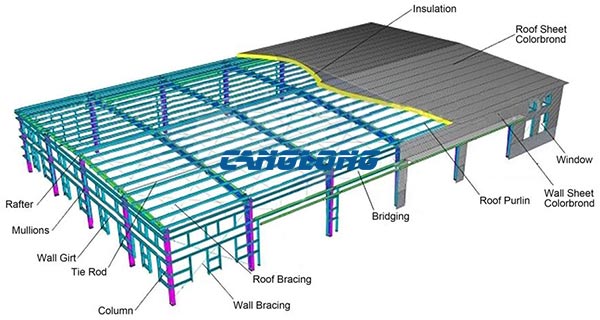
Functional layout
1. Flexible space design
The design of steel structure factory should fully consider the production process and functional requirements. Through reasonable space layout, designers can ensure smooth connection between production lines, storage areas and office areas, thereby improving work efficiency. For example, an open layout can reduce unnecessary partitions and improve space utilization.
2. Strong adaptability
As market demand changes, companies may need to expand or renovate factories. The flexibility of steel structures enables them to be demolished or added according to actual needs in future renovations, reducing the long-term operating costs of companies.
3. Humanized design
When designing steel structure factory building, in addition to considering production efficiency, attention should also be paid to the comfort and safety of employees. Reasonable lighting, ventilation and noise control design can create a good working environment and improve employee work enthusiasm and satisfaction.
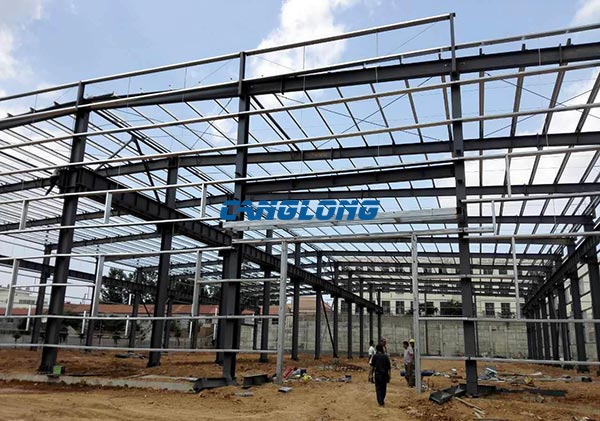
Sustainability
1. Green building concept
The design of modern steel structure workshop increasingly emphasizes sustainability. By using environmentally friendly materials and energy-saving technologies, buildings can effectively reduce their impact on the environment. For example, the use of efficient insulation materials and green energy systems (such as solar and wind energy) can reduce energy consumption and improve the energy efficiency level of buildings.
2. Recyclability
Steel is a renewable resource. During the demolition and reconstruction of steel structure factory building, steel can be recycled and reused, reducing the generation of construction waste. This feature not only conforms to the concept of green building, but also helps the sustainable use of resources.
3. Ecological design
In the design of steel structure factory, it is also a trend to incorporate ecological design concepts. For example, setting up green roofs, rainwater collection systems, and natural ventilation systems can not only improve the microclimate of the building, but also enhance the ecological value of the surrounding environment.
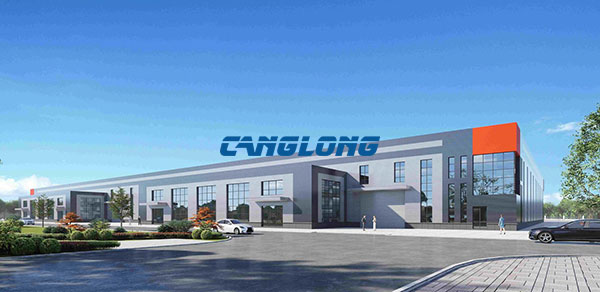
Economic efficiency
1. Cost control
Although the initial investment of steel structure may be higher than that of concrete structure, in the long run, the maintenance cost of steel structure workshop is low, and due to the short construction period, they can be put into use as soon as possible, bringing economic benefits. Therefore, enterprises should consider both initial investment and long-term operating costs when budgeting.
2. Adapt to market changes
The flexibility and scalability of steel structures allow enterprises to quickly adjust and upgrade according to changes in market demand. This adaptability not only reduces risks, but also improves the competitiveness of enterprises.
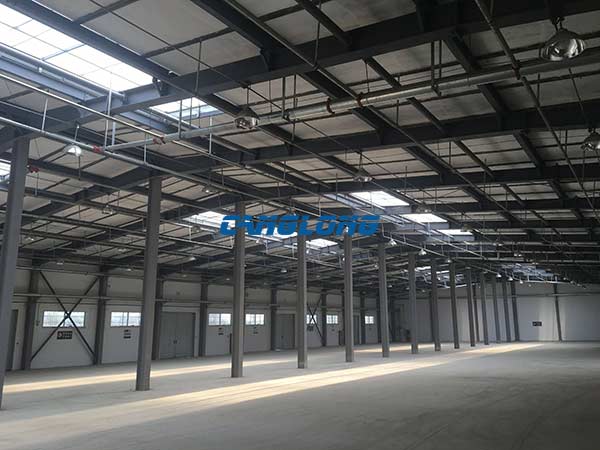
Conclusion
The design concept of steel structure factory combines modern construction technology with humanized design, sustainability and economy, and fully considers the needs of enterprises in production, management and environmental protection. With the advancement of science and technology and the progress of society, the design of steel structure factory building will continue to evolve and continue to provide a solid foundation for the development of modern industry. Through reasonable design and planning, steel structure workshops can not only meet the production needs of enterprises, but also create a safe, comfortable and efficient working environment for employees, helping enterprises to be invincible in the competition.
